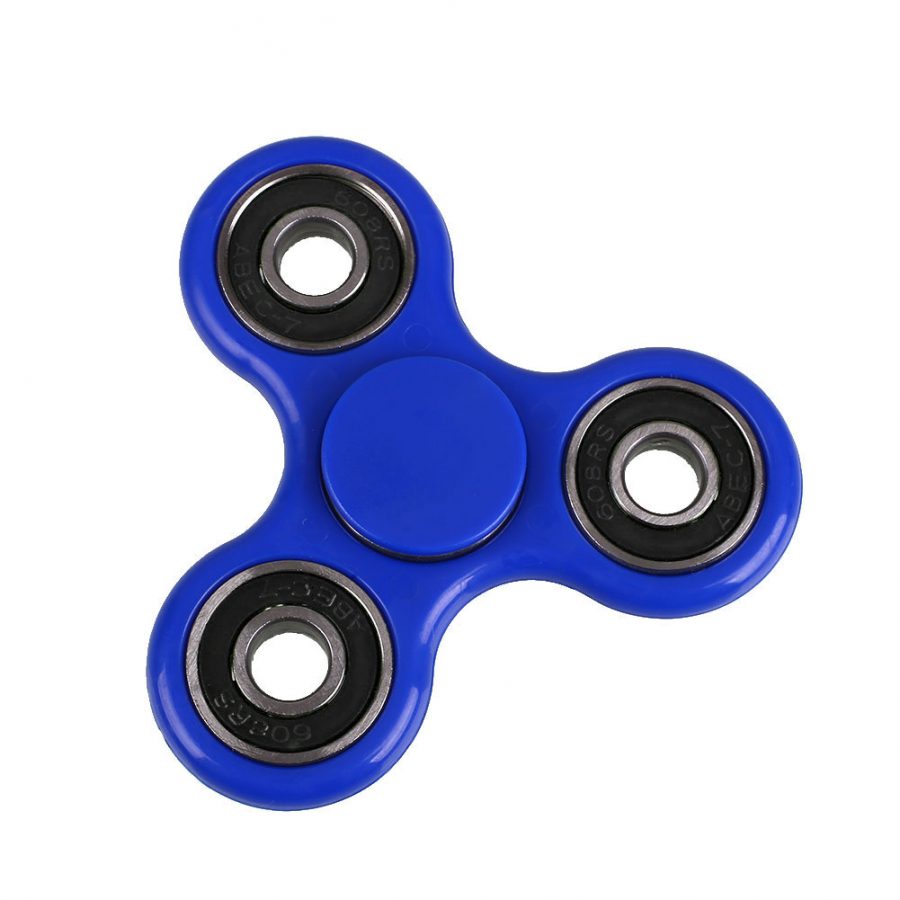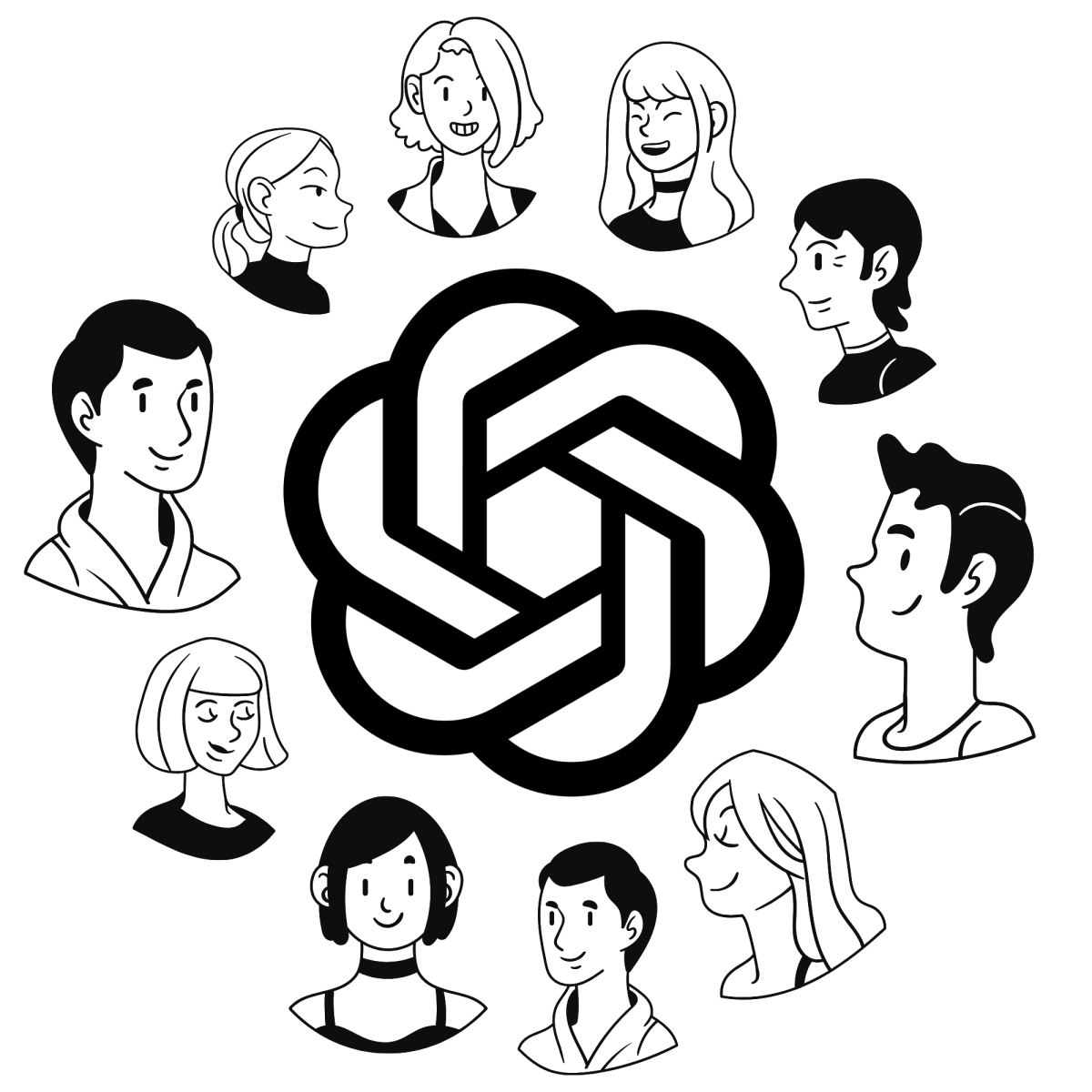By: Dallas Jones | Business Editor –
Remember playing with that Slinky when you were younger? Or the time when your middle school science teacher used the popular toy to mimic waves? Developed in 1943 by accident, the Slinky had widely been used not just as a mobile radio antenna during the Vietnam War, but is also considered to be the first of its kind in a line of products that still help people to this day — fidget toys. Over the course of 70 years, 300 million original slinkies have been sold and it continues to be a top-selling product. But nowadays, there’s a new lineup of fidget toys and it’s scorching the consumer market.
It all started late last year when Antsy Labs, a small startup toy company, set a $15,000 goal on Kickstarter to fund their Fidget Cube. The product went viral and they ended up raising almost $6.5 million; making it one of the top 10 most-funded campaigns ever on Kickstarter. The size of a die, the six-sided figure features a joystick, switch, buttons, and a ball bearing among other gizmos. The features don’t do anything, except move back and forth. The goal is simply to let fidgeters fidget. There are theories that we fidget because our earliest ancestors had to be constantly aware of their surroundings. Often, while talking or cooking, their subconscious mind would be on alert for any dangers. Thousands of years later, our brains are still wired to detect danger even when we are trying to focus, creating the urge to move or fidget. “It’s just meditative. We all have something [that pleases our mental functions],” said Kim Glathar, a counselor at Lincoln Southeast.
Another toy close on the heels of the Fidget Cube is the MoonDrop, a fidget toy with a twist. It uses magnets and aircraft-grade aluminum to replicate the gravity of the moon. Their goal of $9,000 looked modest compared to the $165,000 it raised also on Kickstarter. You can buy your own fidget toy on Amazon anywhere between just a few cents to ones made out of titanium worth $280.
So why the heck would anyone buy one of those little toys? What does it actually do? Why do we even need one?
Well, right now it’s hard to say. There hasn’t been thorough research showing the impacts that fidgeting might have, but there have been numerous studies showing the positive impact that fidget toys has on students with ADHD.
A new study published in The Journal of Abnormal Child Psychology suggests that hyperactivity, such as fidgeting, may actually help students overcome their attention problems. Allowing students to fidget and move during class showed that it can indeed help improve academic performance. “The sensory and motor components, the neurology of how we’re wired, those two things have to work together,” said Jeffrey Stec, Pediatrics Program Manager at Madonna Rehabilitation Center. Fidgeting is simply satisfying one of our executive functions when it is not in use. Using this, we can deduce that there may be positive side effects from fidgeting for all people. But in order to be sure, there must be more evidence to prove the relationship. There’s a good chance that because of all of the popularity and momentum in the marketplace for fidget toys, there will be studies in the future that will answer the question head-on. For the time being, however, there appears to be plenty of interest regardless.







